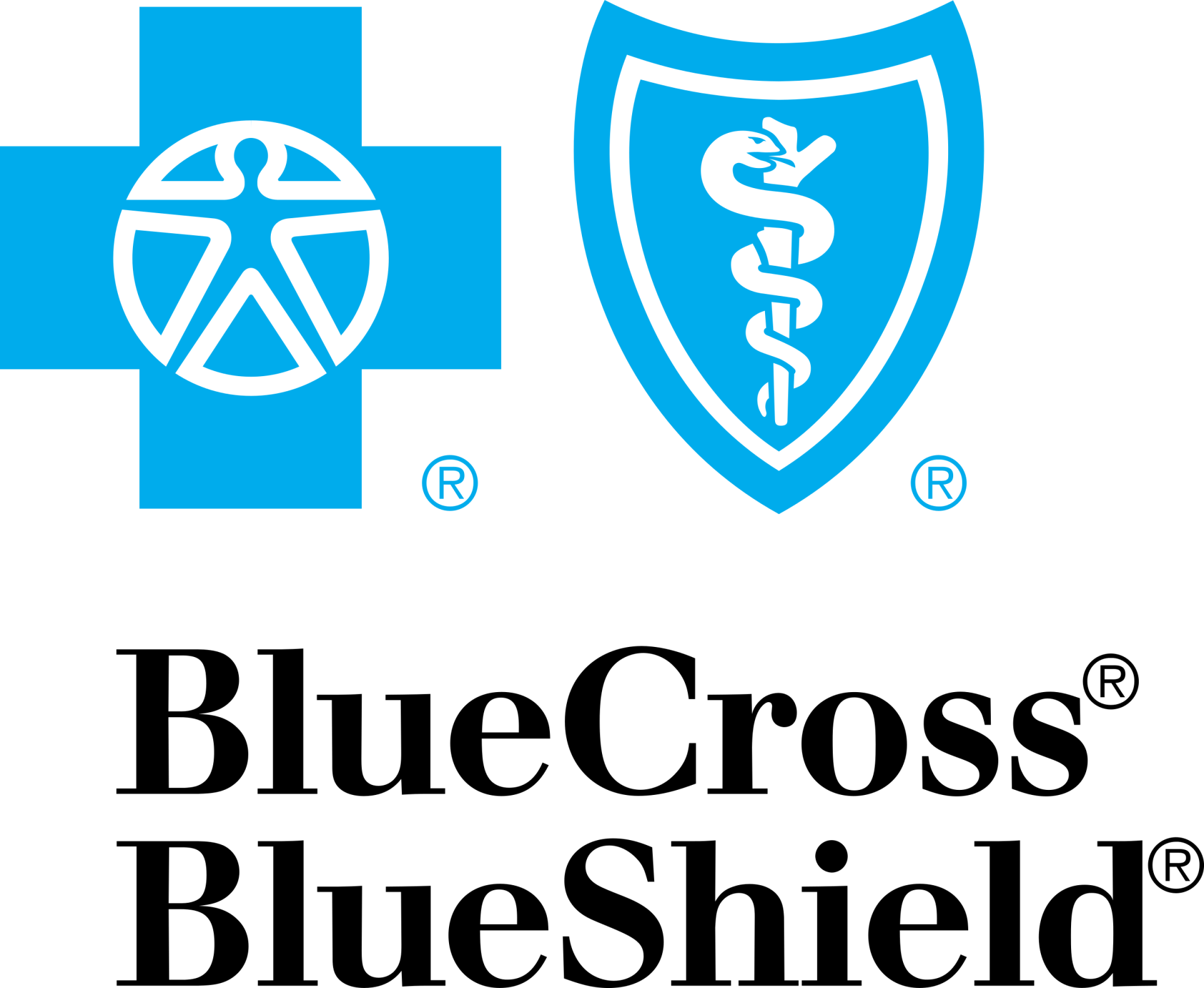How To Start Running
How to Safely Build your Running Volume and Intensity
While things are slowly opening back up around here after a two-month quarantine, it looks as though gyms and fitness centers will be among the last things to return. And for many of us, it will take a long time before we’re comfortable exercising in an enclosed space with a bunch of heavy-breathing strangers. With that in mind, many of us have taken up running – one of the best full body and cardiovascular workouts out there, and one that can be done literally anywhere and requires nothing but a solid pair of shoes.
Running is incredible. I am of the opinion that human beings WERE indeed “born to run” – we are built for it. It strengthens almost every muscle in the body, it contributes to a robust and durable skeleton, it will quickly develop your cardiovascular fitness; and it’s fun. Joyful. Freeing.
However, it is also a lot of impact. With each step, running imparts forces up your foot and leg that are FIVE TIMES YOUR BODYWEIGHT. That’s a LOT of force. And for this reason, most individuals need to progress into running slowly in order to avoid injury. All you need is a plan (and some self-honesty), and it IS possible to build your running volume over time without sustaining an injury.

Step 1: Get Assessed.
For those of you without pain and without a history of lower-body injury, you can *probably* skip this step, and add some jogging into your routine in a systematic fashion (more on that in a bit). But, if you are coming off an injury and/or having some pain, it’s best to get checked out by a professional. Whether you decide to see a physical therapist, a chiropractor, a PA or a physician is up to you – but make sure they have experience in working with runners. Please note that having some pain doesn’t mean that you can’t start running (especially if your pain is unrelated to, or even relieved by, physical activity) – but it’s safest for you to get a professional opinion first.
A sports physical therapist will be able to perform a running readiness screen, which includes testing your range of motion, strength, stability, and power output to make sure your muscles, tendons, and bones are up for the task. Additionally, if you’re having pain, we can help determine which tissues might be contributing, and determine whether it’s safe for you to begin running. If it’s not – no worries! We can work with you to get you to the point where it is.
Step 2: Walk
You have to crawl before you can walk…and you have to walk before you can run. If you already walk regularly, great; it’s likely you can skip this step. If not, I’d recommend starting by walking 30 minutes, 4 days per week. Gradually add time and days until you can walk 60 minutes without pain and without stopping, on at least two days per week. When you’ve reached this milestone, you can be certain that your body is ready to up the ante a bit
Step 3: Start with intervals
Where you start when you start running all depends on your fitness level and your experience in the sport. If this is your first time committing to a fitness routine (which, by the way – major props and congratulations!), then running a 5k per day is not a smart way for you to begin (it will likely lead to an overuse injury). If you’re a division I soccer player who’s just graduated and looking for a new way to stay fit, however – you can probably tolerate a three-mile run.
For those who are new to running, or if you’re coming off an injury, I suggest starting with intervals. These can be as short as 30 seconds of running, or as long as one minute to start with – depending on your fitness and the severity of your injury (for example, if a stress fracture has kept you out of running for 4+ months – start small. If you pulled a muscle and were out for 4 weeks, you can start with a little more). Give yourself a minute to rest in between sets, and repeat 8-10 times. That’s your run for the day.
I recommend repeating each “level” of progression three times before increasing the time spent running and decreasing your rest intervals. Almost every major sports medicine center has a “return to running” progression; Feel free to search the googles, but i feel strongly that progressions should be highly individualized based on the nature and severity of the injury and the athlete’s fitness levels.
Follow the 10% rule. When increasing your mileage, don’t add more than 10% of your total volume from week to week. For example, if you ran a total of 10 miles this week, then next week, you can add one mile to your weekly total.
Step 4: Add Volume before you add Speed. Never add both at the same time
Speaks for itself. Build yourself a comfortable base – I’d say of at least 15-20 miles per week – before you start increasing the intensity of your runs. This allows both your cardiovascular and your musculoskeletal system to adapt to running. Both volume and intensity contribute to the overall load of running; so adding both at once will likely just overload your system and create injury. CONSISTENCY is key; don’t be afraid to build slowly, because that is your ticket to a lifelong relationship with running.
Step 5: Don’t Ignore Pain
If you should feel pain while progressing your running, a good first step is to simply take 1-2 days of complete rest, and then resume your running intervals at the level below where you were when you felt the pain. This is going to look different on every program, but for example: if you were running for two minutes, walking one minute and felt pain, then you would, after rest, initiate running at run 1: walk 1, a level below. If you’re still having pain after a few days of rest and dropping it down a level, now’s the time to call your PT or physician.
Remember that any time you push your body’s limits, it’s going to respond by pushing back a little. Some aches and pains here and there are a normal part of life for a runner. I don’t want you to think that every little niggle requires medical attention. However, pain that is persistent and prevents you from finishing your runs or forces you to change your gait, definitely warrants a workup.
If you have questions, or want a personalized plan for building your running volume after an injury or time off (or for the first time!), don’t hesitate to reach out to sam@bcptva.com









